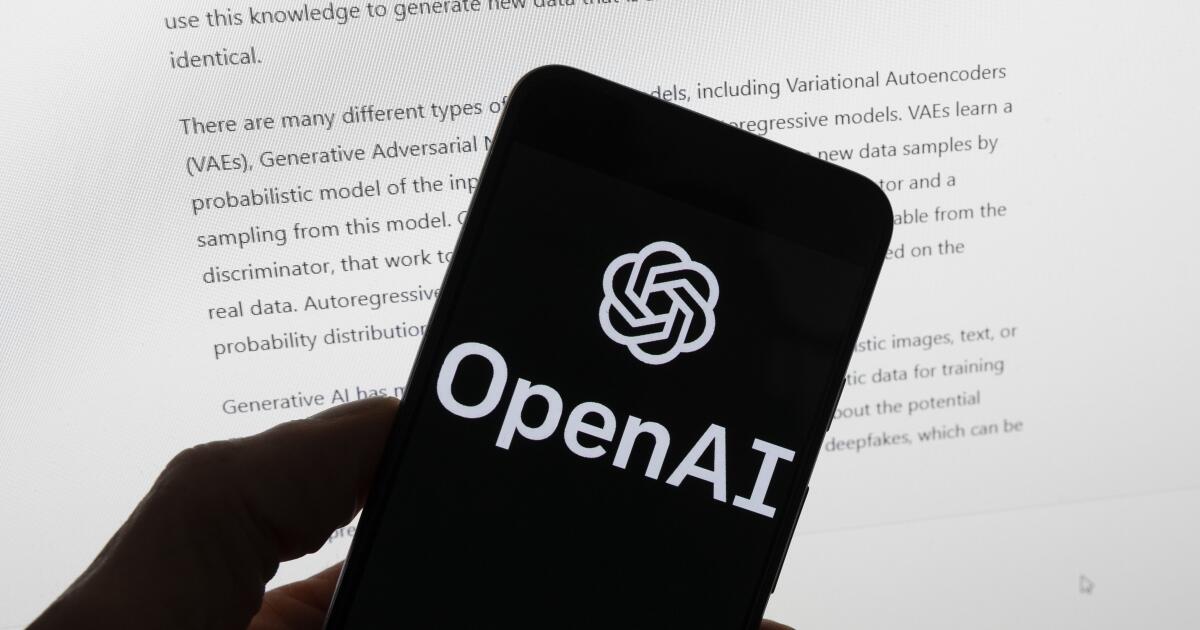A new study estimates that 62,000 entertainment jobs in California will be disrupted by artificial intelligence in the next three years.
Three years to take over so many parts of several industries seems overly optimistic. Optimistic to the point of it just being used as a boogeyman to keep wages low. “Why should we hire you when AI can do your job?” is a sentence I am sure employers would love to use more often in job interviews. Doesn’t matter if it’s true or not when the threat seems real.
I’ve been following the AI workflow to 3D from the beginnings and that’s pretty much where we’re still are. The bottlenecks are tight with no solution in sight yet. The AI model passes the torch to conventional algorithms quite early in the process so to speak. And even when this changes, it’ll be a nice tool to have, but not so much the autonomous swiss army worker the businessworld keeps dreaming and warning us about.
So yeah, don’t worry about us, journalist. It’s coming for you first.
I think a critical detail getting overlooked in the broader discussion of the changes brought by LLM AI is not quality but quantity. What I mean is, sure, AI isn’t going to replace any one complete worker. There are vanishingly few jobs AI can 100% take over. But it can do 80% of a few jobs, 50% of more jobs, and 20% of a lot of jobs.
So at the company level, where you had to hire 100 workers to do something, now you only need 80, or 50, or 20. That’s still individual people who are out of their entire job because AI did some or most of it, and their bosses consolidated the rest of the responsibilities onto the remaining workers.
Answer: “yes”.
According to the study, the job tasks most likely to be impacted by AI in the film and TV industry are 3-D modeling, character and environment design, voice generation and cloning and compositing, followed by sound design, tools programming, script writing, animation and rigging, concept art/visual development and light/texture generation.
This was in a survey of industry leaders: the people likely to be making the decision of how many humans to hire vs. how much to rely on AI.



